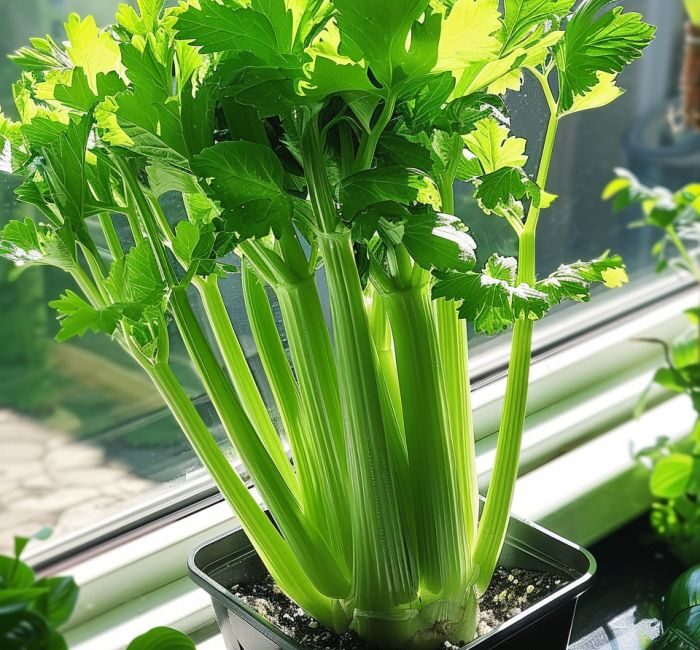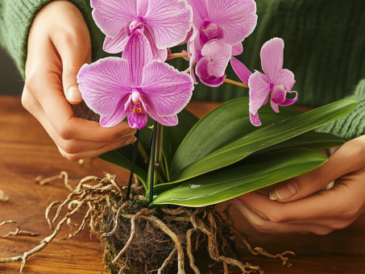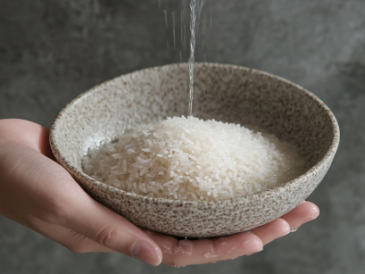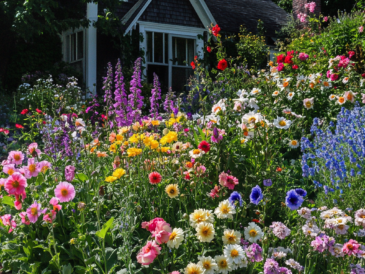Imagine having a fresh, never-ending supply of crunchy, nutrient-packed celery right at your fingertips. You don’t need a large garden space to make this dream a reality—all you need is a simple pot and a little patience. Here’s your step-by-step guide to growing celery at home in a pot, so you can enjoy this versatile vegetable year-round.
Step 1: Choose the Right Celery
Start by selecting the right type of celery for growing at home. While you can grow celery from seeds, the quickest and easiest way to start is by using the base of a store-bought celery bunch. Opt for organic celery if possible, as it’s less likely to have been treated with chemicals that might hinder regrowth.
Step 2: Prepare the Celery Base
Once you’ve enjoyed the stalks of your celery, don’t throw away the base! Instead, cut the celery stalks about 2 inches from the bottom. This leftover base will be the foundation for your new celery plant.
Step 3: Start the Rooting Process
Before planting the celery base in soil, you’ll need to encourage it to grow roots. Place the celery base in a shallow dish or bowl, with the cut side facing up. Add just enough water to cover the bottom of the base, ensuring that the cut edges are submerged.
Tip: Change the water every couple of days to keep it fresh and prevent mold growth.
Step 4: Wait for New Growth
After a few days, you’ll start to notice small green shoots emerging from the center of the celery base. This is a sign that your celery is starting to regrow! You may also see tiny roots forming at the bottom. Continue to monitor the growth for about a week, until the shoots are about 2-3 inches tall.
Step 5: Prepare the Pot and Soil
While your celery base is sprouting, it’s time to prepare the pot and soil. Choose a pot that is at least 8-10 inches deep and wide enough to accommodate the growing plant. Ensure the pot has good drainage to prevent water from pooling at the bottom.
For soil, use a well-draining potting mix that’s rich in organic matter. Celery prefers soil that is moist but not waterlogged, so aim for a mix that retains moisture without becoming soggy.
Step 6: Plant the Celery Base
Once the celery base has developed roots and shoots, it’s ready to be planted in the pot.
How to Plant:
- Dig a small hole in the center of the pot, deep enough to accommodate the celery base.
- Place the celery base in the hole, with the shoots facing upward.
- Cover the base with soil, leaving the green shoots exposed.
- Gently press the soil around the base to secure it in place.
Step 7: Watering and Care
Celery thrives in consistently moist soil, so be sure to water your plant regularly. The key is to keep the soil damp but not soggy. You can check the soil’s moisture level by sticking your finger about an inch into the soil—if it feels dry, it’s time to water.
Additional Care Tips:
- Place the pot in a location that receives plenty of sunlight, ideally 6-8 hours a day. Celery needs a lot of light to grow strong and healthy.
- If you live in a hot climate, consider placing the pot in a spot with some afternoon shade to prevent the soil from drying out too quickly.
- Feed your celery plant with a balanced, water-soluble fertilizer every few weeks to encourage healthy growth.
Step 8: Harvesting Your Celery
The best part about growing celery at home is that you can harvest it as you need it! After a few weeks, your celery will be ready to start harvesting.
How to Harvest:
- Snip off individual stalks as they reach a desirable size, cutting them close to the base.
- Alternatively, you can harvest the entire plant if you prefer, but leaving some stalks behind allows the plant to continue growing and producing new shoots.
Step 9: Encourage Continuous Growth
One of the most exciting aspects of growing celery at home is that it can continue to produce stalks indefinitely with proper care. After harvesting, be sure to keep the soil moist and provide adequate sunlight to encourage new growth.
Step 10: Troubleshooting Common Issues
- Yellowing Leaves: This could be a sign of overwatering or nutrient deficiency. Check your watering habits and consider adding a bit more fertilizer to the soil.
- Slow Growth: If your celery isn’t growing as quickly as expected, it might not be getting enough sunlight. Try moving the pot to a sunnier location.
- Pests: Celery can sometimes attract pests like aphids or slugs. If you notice any, treat your plant with an organic pesticide or try natural remedies like neem oil.
Conclusion
Growing a never-ending supply of celery at home is not only satisfying but also incredibly practical. With just a bit of care and attention, you can enjoy fresh, home-grown celery whenever you need it. Plus, it’s a fun and educational project for anyone interested in gardening, no matter their experience level. Start your celery-growing journey today and watch your plant thrive!




